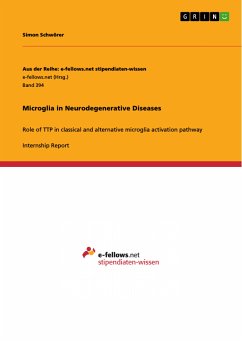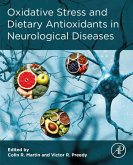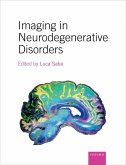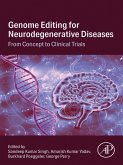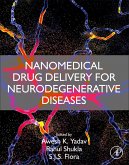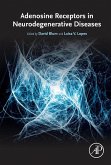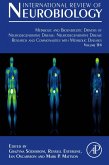Internship Report from the year 2012 in the subject Medicine - Neurology, Psychiatry, Addiction, grade: 1,0, University of Ulm (Experimentelle Neurologie), language: English, abstract: Microglia activation plays a crucial role in neurodegenerative diseases. There are at least two distinct ways of microglia activation, the classical lipopolysaccharide (LPS) induced pathway leading to secretion of pro-inflammatory cytokines and inflammation as well as the alternative interleukin-4 (IL-4) induced pathway resulting in increased wound healing and tissue repair (Figure 1). It is known that the anti-inflammatory alternative pathway is competent to dampen the inflammatory effects of the classical microglia activation, as IL-6 and tumor necrosis factor-a (TNF-a) levels of LPS-stimulated microglia were remarkably reduced after additional excitation of the alternative activation of microglia. This effect could be achieved by the use of particular RNA binding proteins. An example for such RNA binding proteins would be tristetraprolin (TTP). TTP is binding to AU-rich elements (ARE) in the 3' untranslated region of mRNA molecules and promotes decay of ARE-containing transcripts by directing them to the exosome for rapid mRNA degradation. The aim of the practical research course was to ascertain a possible participation of TTP in the IL-4 induced alternative activation of microglia, thereby potentially explaining the dampening effect on the inflammatory pathway.
Dieser Download kann aus rechtlichen Gründen nur mit Rechnungsadresse in A, B, BG, CY, CZ, D, DK, EW, E, FIN, F, GR, HR, H, IRL, I, LT, L, LR, M, NL, PL, P, R, S, SLO, SK ausgeliefert werden.

